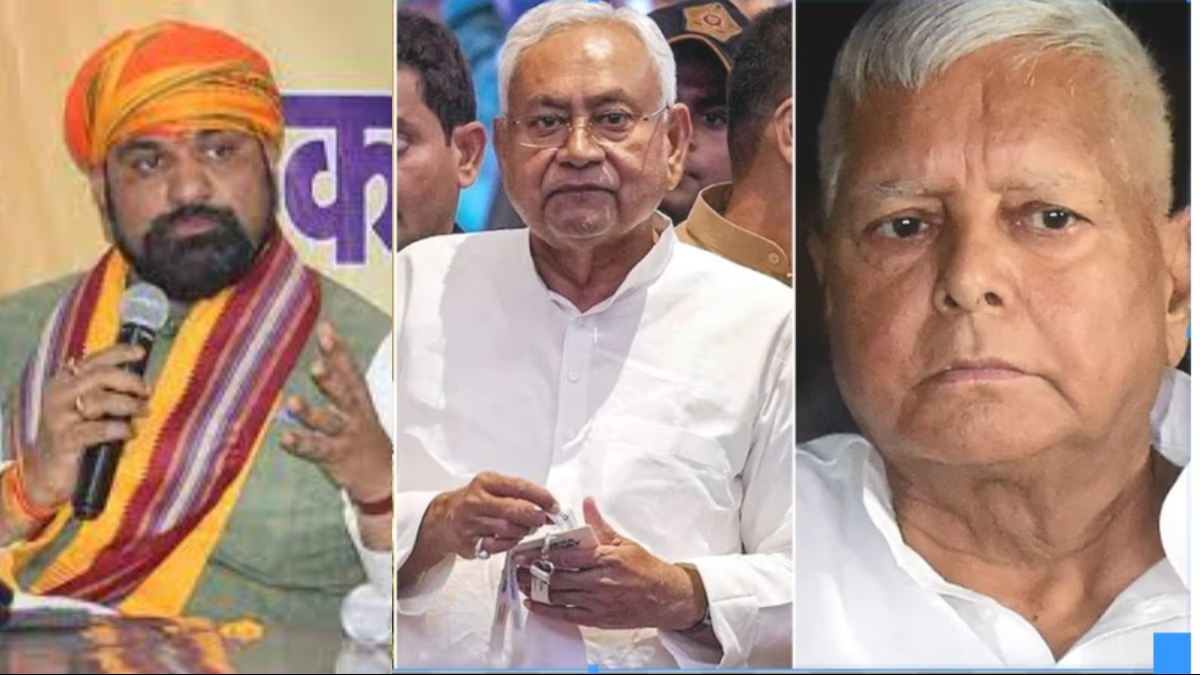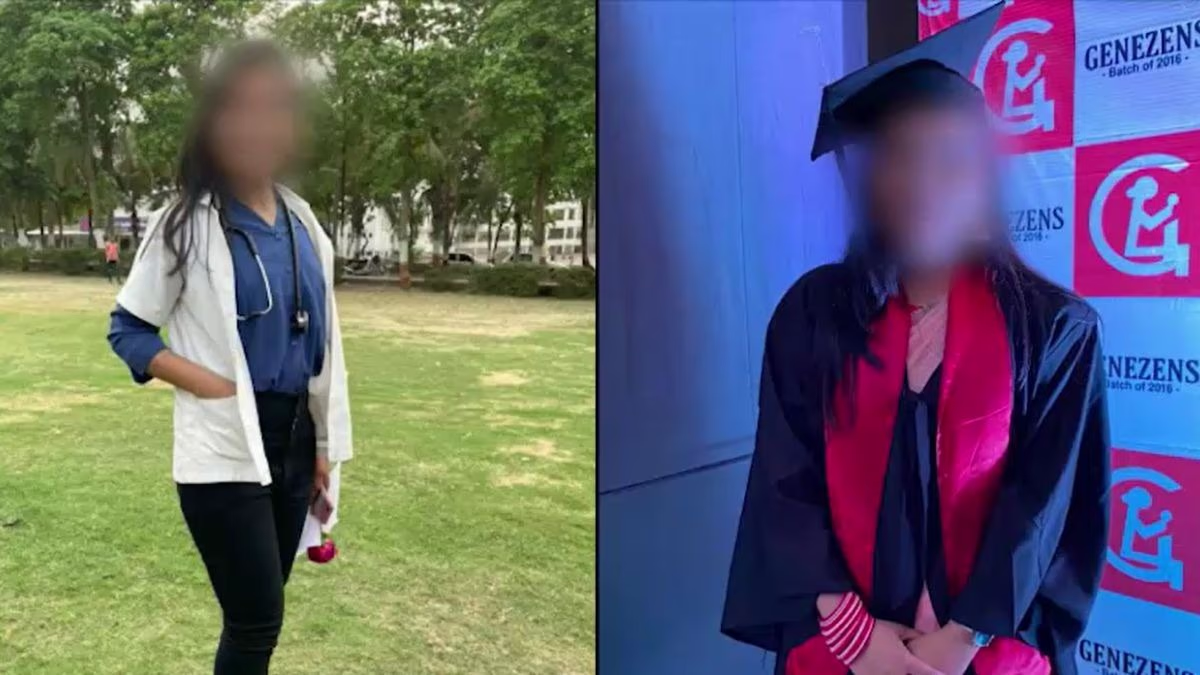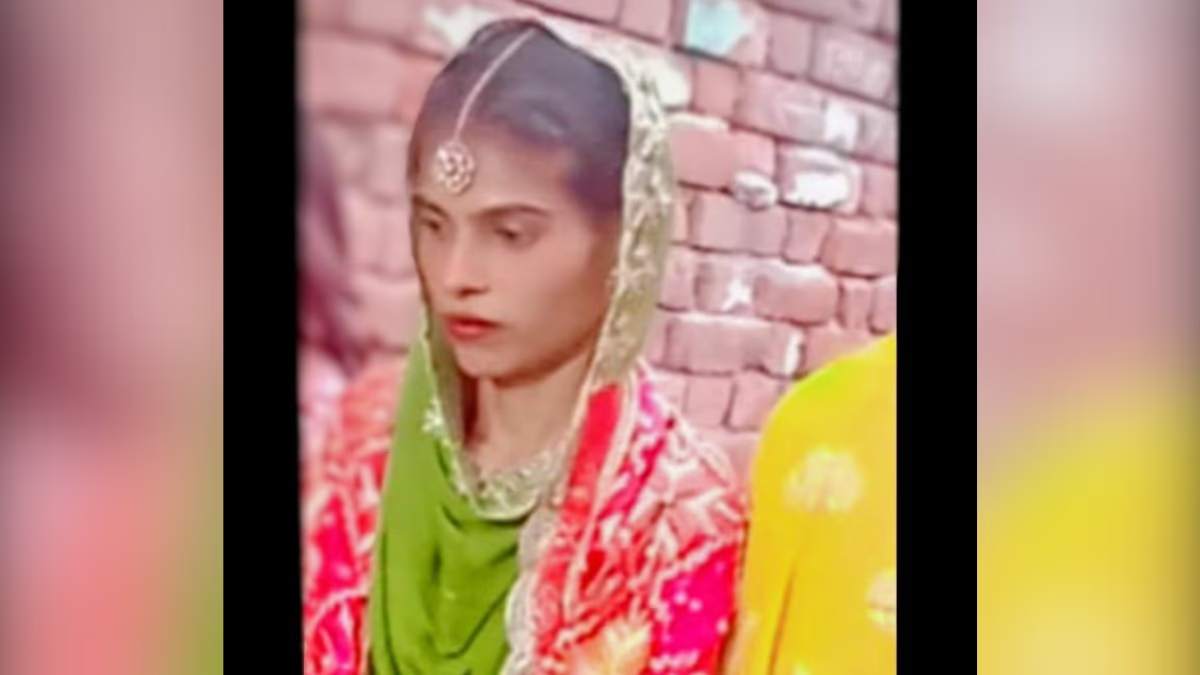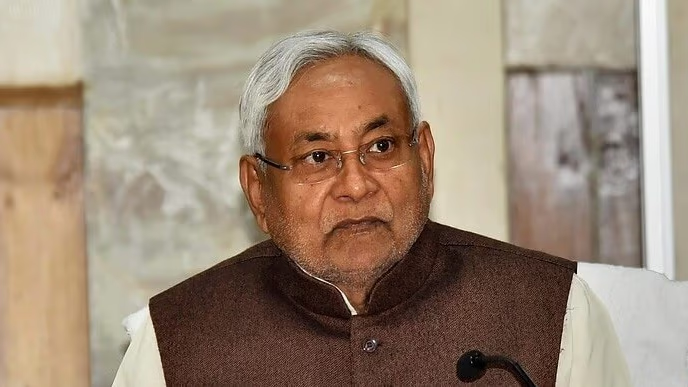The picture is clear for the candidates contesting all 243 seats in the Bihar Assembly elections. Both the NDA and the Grand Alliance have fielded their respective candidates. All political parties have placed special emphasis on the caste equations of their candidates during ticket distribution.
The RJD has strategically fielded the most candidates from the Yadav and Muslim communities to secure its core vote bank, while JD(U), following Nitish Kumar's policies, has focused on backward and extremely backward caste equations. The BJP has also carefully calibrated its candidates' selection to reflect societal equations.
The Social Engineering of RJD
Let's first discuss the RJD. The Rashtriya Janata Dal has fielded candidates in a total of 143 seats, with the majority being from the Yadav and Muslim communities. Despite Tejashwi Yadav's A to Z claim, RJD has primarily focused on the MY (Muslim-Yadav) equation. Among RJD's 143 candidates, 51 belong to the Yadav community and 19 to the Muslim community.
Click here for in-depth coverage of the Bihar elections.
Read every detail and aspect of each Bihar Assembly seat here.
RJD's old base and vote bank is considered to be the MY equation, and in the current election, nearly 50% of the tickets have been allotted focusing on this equation. For the remaining half, RJD has fielded 14 candidates from the general category. To penetrate NDA's vote bank, RJD has given 11 tickets to Kushwaha candidates this time.
The benefit of fielding Kushwaha candidates in the last Lok Sabha elections has motivated Tejashwi Yadav to repeat this experiment in the Assembly elections. Furthermore, RJD has allocated a fair number of seats to extremely backward candidates and dalit candidates on reserved seats.
JDU: Backward 37, OBC 22
Meanwhile, JD(U) has given the highest representation to candidates from the backward and extremely backward communities, adhering to Nitish Kumar's backward-extreme backward model. Among JD(U)'s 101 candidates, 37 are from the backward community and 22 from the extremely backward community, including 13 Kushwaha and 12 Kurmi candidates. JD(U) has also fielded 8 candidates from the Yadav community and 8 from the Dhanuk community.
JD(U) has placed 22 candidates from the general category, including 9 from the Bhumihar community, 10 from the Rajput community, 1 from the Brahmin community, and 1 from the Kayastha community. Additionally, JD(U) has fielded 4 Muslim candidates and has given representation to the Dalit community by fielding 5 candidates from the Musahar and Manjhi communities and 5 from the Ravidas community. JD(U) has also given representation to extremely backward castes in its ticket distribution. Among JD(U)'s 101 candidates, 13 female candidates come from various castes.
BJP: 21 Rajput, 16 Bhumihar
BJP has offered opportunities to all categories according to social equations among its 101 candidates. The highest number of candidates are from the general category, and BJP has fielded a total of 49 general category candidates, including 21 Rajput, 16 Bhumihar, 11 Brahmin, and 1 Kayastha candidates.
The BJP candidates' list includes 24 from the backward category, featuring 6 Yadav, 5 Kushwaha, 2 Kurmi, 4 Baniya, 3 Kalwar, 3 Suri, 1 Marwari, and 1 Channuu caste candidates. BJP has fielded 16 candidates from the extremely backward communities, including 1 from the Nishad, 5 from the Teli, 1 from the Kevat, 1 from the Bind, 1 from the Dhanuk, 3 from the Kanu, 1 from the Noniya, 1 from the Chandravanshi, 1 from the Dangi, and 1 from the Chaurasia community.
Among Scheduled Caste candidates, BJP has given the most representation to the Paswan community with 7 candidates, 3 from the Ravidas community, and 1 Musahar candidate. Additionally, there is 1 Scheduled Tribe candidate in the election.
Alongside these major players, Congress, VIP, and Left parties within the Grand Alliance have strategically fielded candidates with careful consideration to caste and social equations. Chirag Paswan, Tan Ram Manjhi, and Upendra Kushwahaa, standing with the NDA, have also chosen candidates based on their social and caste equations.
As major players in the Assembly elections, RJD, BJP, and JD(U) have meticulously strategized candidates' selection based on caste and social equations. The extent of benefits these major parties will reap from this strategy will become clear by November 14, but the immediate goal of all major parties is to breach the opposing camp through caste and social equations.




